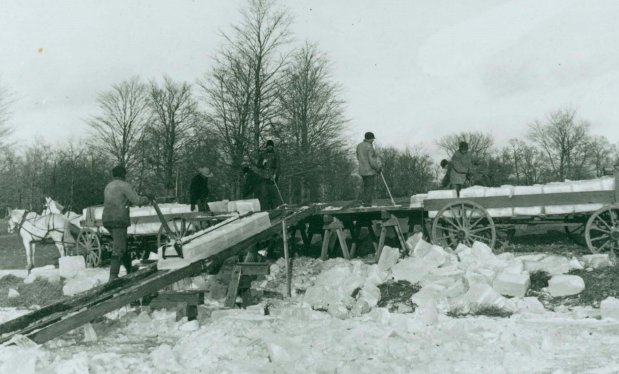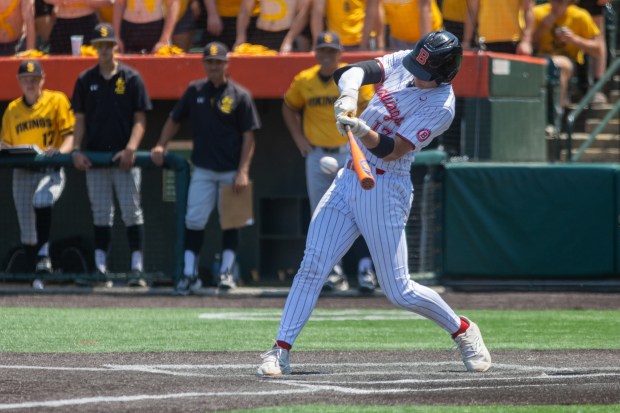When Mary Lou Wehrli grew up in Naperville, winters were magical.
Walks to neighborhood sledding hills that looked like mountains to a kid and their toboggan. Ice skating wherever it’d freeze — sidewalks, home-built rinks, the DuPage River. Even the way the sun hung low in the sky and reflected off a fresh pillow of snowfall.
She misses it.
“There were snowstorms and walking on the river, and it was magnificent,” Wehrli, now in her 70s, said. “It was fun growing up here.”
But winters are different now, she says.
“I think we’re on a different path,” Wehrli, a former DuPage County Forest Preserve District Board commissioner, reckoned. “I don’t think we’re going to see that kind of snow again. It just doesn’t seem like it’s part of the season anymore.”
Chicago just logged its warmest February on record — and fifth warmest winter, according to the National Weather Service. Between Dec. 1 through Feb. 29, observation data from the Morton Arboretum in Lisle — the closest NWS reference point to Naperville — posted 12.4 inches of snowfall. Last winter, totals were similar, ending with 14.6 inches in all.
For the Chicago area, average snowfall through the meteorological winter is 30 inches. Average normal temperature is 28.1 — almost 7 degrees lower than the 34.9 average this past winter cataloged.
But are winters like Wehrli remembers really a thing of yesterday?
Men move blocks of ice harvested from a Naperville quarry into horse-drawn wagons using a ramp in this undated photo from the 1800s. Ice harvesting was a common in Naperville and throughout the Midwest because the blocks could be stored in icehouses in winter for use through the rest of the year. (Naper Settlement)
Over the last 45 years, U.S. winters in the lower 48 states are now averaging 2.2 degrees warmer than in 1980, according to an analysis of National Oceanic and Atmospheric Administration data by The Associated Press.
Globally, last winter set new temperatures highs, per the European Union climate agency Copernicus. Unseasonably warm temperatures as of late have also been amplified by a natural climate phenomenon known as El Niño, a warming of the central Pacific that changes global weather patterns. For the Chicago area, this has meant a milder and drier past few months overall.
Long-term, however, what can be expected out of winters ahead is something scientists are still trying to figure out.
“In the broader picture, with climate change, I would say it’s unclear,” said Brett Borchardt, a meteorologist with the National Weather Service in Romeoville. “Climate change has been causing bigger extremes, with swings in temperature from warm to cold. … So I think the jury is still out on what will become the norm going forward.”
Zachary Yack, also a meteorologist with the weather service in Romeoville, added that “with climate change, it’s hard to discern how it contributes to one individual winter or one individual record.”
For Wehrli, though, there’s an undeniable change in winters today from winters when she was little.
“There was always a good reason to be outside,” she said.
She remembered searching for the “smoothest, slickest” part of the DuPage River when it froze over to glide on. Sometimes, she’d look for where the river’s icy cover was just thin enough for her to crack and bounce along. Rubber ice, she’d call it.
As she got older, Wehrli used to love watching generations of families go down the snow over on Rotary Hill, Naperville’s premiere spot for sledding, she said.
“But now,” she said, “it’s down to grass. And if it does snow, it doesn’t stay cold enough to be there long.”
During winter months, Naperville Park District maintains eight sledding hills, including Rotary. To open, hills need at least two or more inches of visible snow. District spokeswoman Sameera Luthman said that for the 2023-24 winter season, whenever weather permitted, sledding was offered. While she didn’t say how often that was, Luthman did note that ice skating was a rarer option.
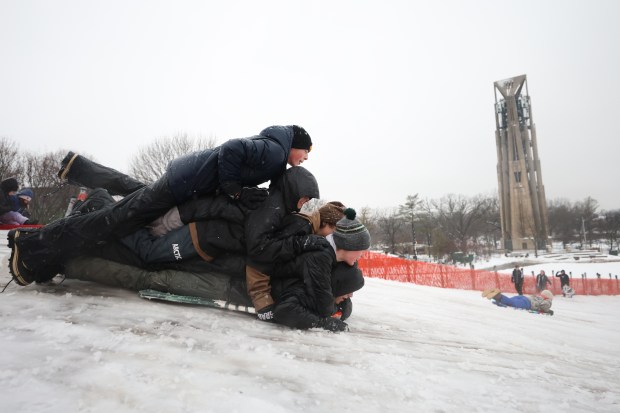
The park district manages four outdoor rinks from about Dec. 15 through Feb. 15. But they only open after enough consistently cold temperatures.
“That’s been challenging the last couple of years,” Luthman said. She pointed to the stretch of bitter cold in mid-January as really the only period the district could sustain its rinks through the winter.
Still, as a district, staff “prepare for anything,” she assured, so it can cater to conditions at hand.
“We just need to be flexible during warmer weather,” Luthman said. “If we don’t have a typical winter, we have 138 parks and more than 70 playgrounds. People were golfing in February.”
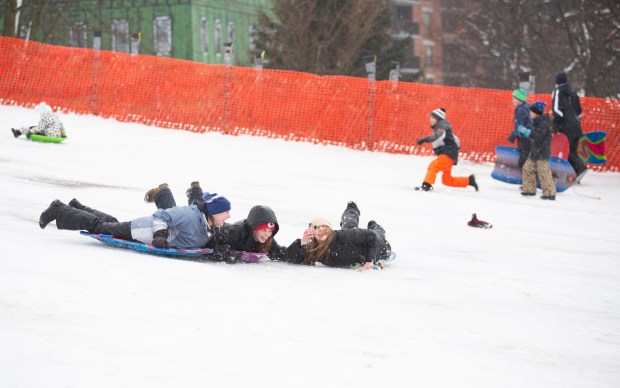
The Forest Preserve District of DuPage County opened its tubing hill, Mt. Hoy in Warrenville, three days out of a possible 37 this past season, according to district spokeswoman Beth Schirott.
When the tubing hill is open, the district also rents snowshoes from the base. Since 2015, Mt. Hoy has sporadically offered tubing from year to year. The most days it was open in a single year was 16 in the 2017-18 season, district data shows. From 2019 to date, annual openings have toggled between eight at most to three at the lowest.
Regardless of weather, district trails are open year-round, though cross country skiers — equipped with their own gear — can take advantage of snow-covered paths, if conditions allow.
“We take what the winter hands us,” Schirott said.
While local preserve and park districts brace for whatever weather comes, some longtime residents miss how predictable winter used to seem.
Naperville City Councilwoman and Naperville native Jennifer Bruzan Taylor said she’d look forward to the simple assurance of knowing how to dress.
“You always knew that when January and February came around, it’d be freezing cold,” she said. “You knew there was going to be snow. And that you had to dress as warm as possible. There was predictability in that.”
Through recent winters, though, Taylor said there’s been a different kind of consistency.
“Every now and then we’d get flukes, you know, a warm February one time,” she said. “But over the past three years or so, I feel like we’re consistently getting these crazy warm days in February that we should never be having.”
Taylor laments what the shift means for the winters her three kids — who are 2, 7 and 8 years old — will experience.
“I love all four seasons. I will always love all four seasons,” she said. “I want my children to experience that too. To enjoy the snow and not worry that after one snowfall, maybe that was the only time they’ll get to enjoy it this year.”
Mike Toohey wants that for his kids, and his patrons too.
Toohey is the recreation/area director of Four Lakes Alpine Snowsports, a skiing and snowboarding spot tucked away at 5750 Lakeside Drive in Lisle, about 10 minutes away from downtown Naperville.
Four Lakes, which has been offering Chicago and its suburbs an unsuspecting opportunity to practice winter sports for decades, was able to welcome visitors to its ski hill only 15 days before closing for the season in February.
Ideally, Four Lakes is open 65 to 75 days a winter, according to Toohey. Last year wasn’t much better, opening for a total of 31.
“(The weather) has been unbelievable,” he said. “The last couple of years, I’ve seen a huge decrease.”
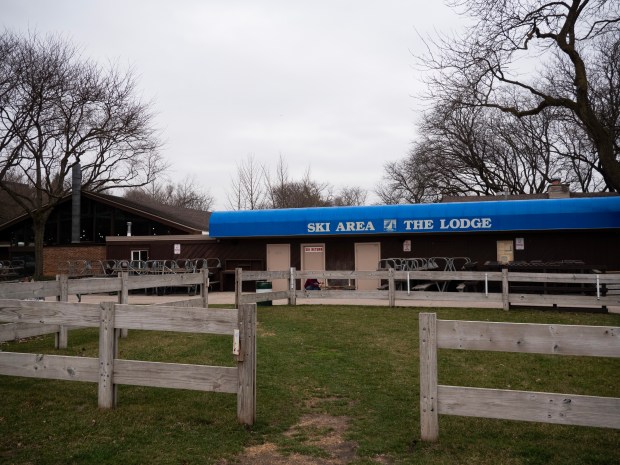
Four Lakes offers five different runs with a vertical just shy of a hundred feet. Every winter, the facility hires about 120 people to keep its snow sport operation going, Toohey said. They ready gear and grounds to open by Dec. 1. However, the weather, especially lately, has rarely cooperated.
“It’s frustrating because we put in so much work, myself and the maintenance guys,” he said. “I mean, to hire all the staff, to do all the training and then not be open for that long?”
Toohey said his kids, who are 10 and 15, learned to ski on Four Lakes. They love going together, he said, but didn’t get the chance this year.
“They’re upset at me right now (because) they’re saying (that I) didn’t take (them) skiing this year,” he said. “Well, we didn’t have much of a ski hill.”
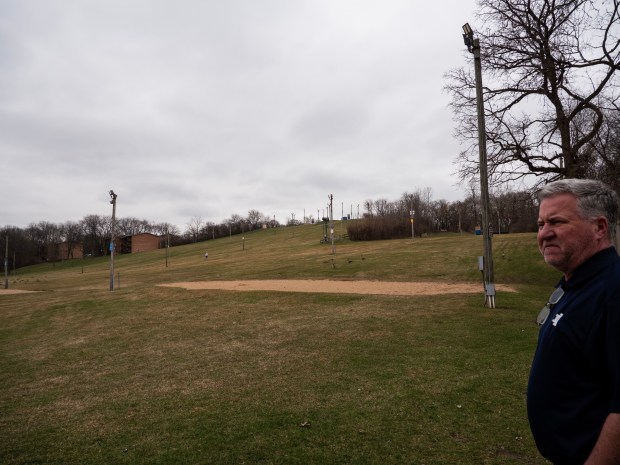
Despite the disappointing winter, Toohey said he’s already looking ahead to next season with a positive outlook. With the weather out of his control, that’s all he can do, he said.
“Yes, we had a terrible year this year,” he said. “But I’m thinking positive for next year. That we’re going to turn it around. That’s all we can hope for.”
The Associated Press contributed.


